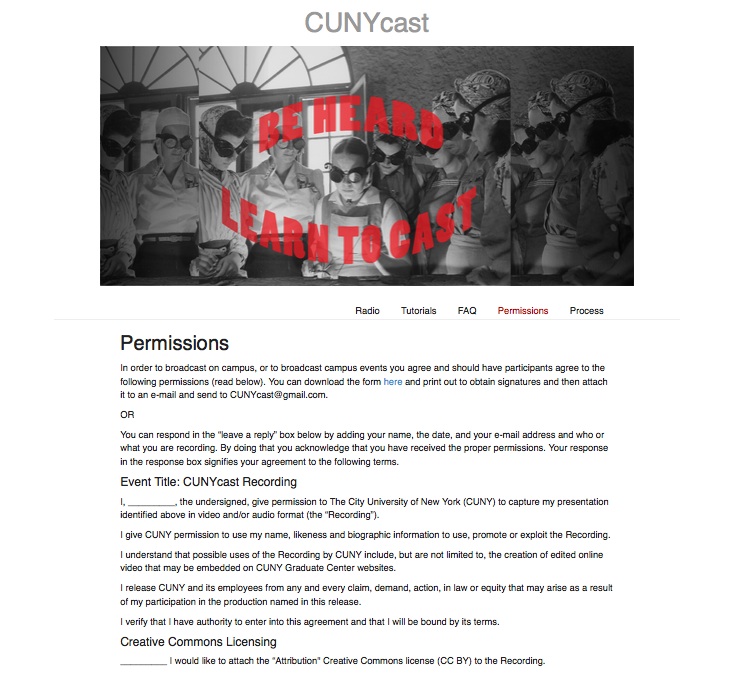This week we are working on some large items:
Our number one goal this week has been to get our search functionality up and running. Daria has been a coding machine, working on this non-stop. We’re nearly there. Some of things Daria has been grappling with are connecting to the DocumentCloud API using a REST API call function and trying to figure out what is the best taxonomy to be read by both PHP and JSON. The existing tutorials and scripts either explain using PHP to connect to a MySQL database, or use Python to connect to the DocumentCloud API, however, Google Developers has a tutorial on using PHP to connect to the Google Books and Google News APIs, which has proven a useful tool in working the PHP to DocumentCloud API situation. For a peek behind the scenes, check out some of Daria’s code here.
Juliana and Chris have been hitting Twitter hard, and our followers have doubled in the last week. Juliana created an NYC DH account and is exploring it as a place for potential groups and people who might be interested in our project. We continue to amass a list of historians and institutions that will be interested in Digital HUAC. All of this outreach is working toward our short-term goal of getting our project name out there, and also our long-term goal of finding an institution to partner with (which is one more step on the road to Digital HUAC world-domination).
Juliana and Chris have also begun to write up our overarching narrative (the theme: NO APOLOGIES!) as a way to create a story to pitch, but also looking toward the future beyond class. What direction to we want the project to go in, and how is the narrative helpful in this regard? Along these same lines, we’re simultaneously writing content for our site, since many of our current pages are just placeholders. We’re slowly but steadily working toward a functional, robust site.
We started with 5 testimonies, because that seemed like a manageable number when we had a lot of technological unknowns. Now that we’ve gotten over some of our biggest technology hurdles, we’re able to increase the size of our corpus with relative ease. I am adding new testimonies to our DocumentCloud group daily and the associated metadata will be added in the coming week as well. We don’t have an updated target number of testimonies, but would like to get as many in as possible. This process of adding testimonies will continue throughout the rest of the semester. The added testimonies will make search testing significantly more interesting, as well as showcasing more of what this project’s full potential is.
We’ve also been at work on some smaller items:
–Getting our contact form to send an email to us.
–Getting the browse functionality going, at least in very beta way. For now, this will just be an alphabetical list of names. Each name, when clicked upon, will provide a results page of all the documents that person is named in.
–We agreed upon a Creative Commons license and have added that to our site in place of the ©.
–We have a new week-by-week action plan that details what needs to get done to get us to a fully-functional MVP by May 19.




